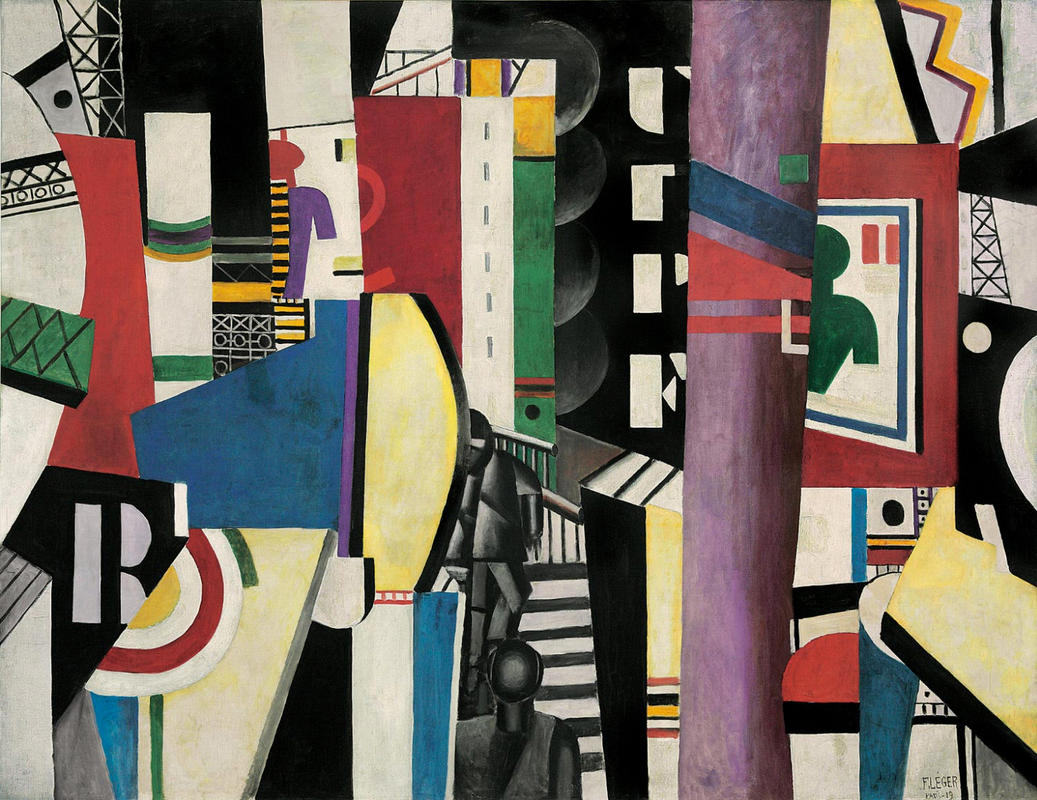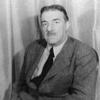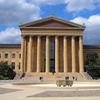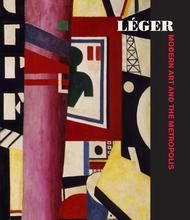More about The City
- All
- Info
- Shop

Contributor
Fernand Léger's The City is none other than Paris, the city of lights, love, baguettes, and snails.
Place de Clichy in particular was the inspiration for this work, with its “deluge of advertising billboards and commercial signs.” Leger was a huge believer in cities being completely mechanized. He thought that there was a direct correlation between how mechanized a city was and how bitchin’ it was. This of course, included plenty of advertising, which Leger incorporated by painting his initials, F.L. in the dead center of the painting. What a clever dude, Leger.
The purple and green human-like figures in the painting are not actually humans, but mannequins - another advertising classic. You’ll notice though that both of them have missing arms, which was Leger’s way of describing what post-World War I Paris was like, full of limbless veterans. Leger himself got away with only being mustard gassed…the lucky duck.
Leger was stoked by colorful images at this time in his career and commented, “Color rushes in like a torrent. It swallows up the walls, the streets ... When one opens a window, a piece of shrill publicity blows in the wind ... Exuberance of color and noise." Color was the best way to get the vibe of the city, and Leger was a legend at it. The Cubism, color combo was killer and it caught the eye of big time collector, Albert Eugene Gallatin who in 1952 donated the painting to its final resting place, the Philadelphia Museum of Art.
Sources
- "Philadelphia Museum Of Art - Collections Object : The City". Philamuseum.org. Web. 17 Apr. 2017.
- "Fernand Léger Biography, Art, And Analysis Of Works". The Art Story. Web. 17 Apr. 2017.
Featured Content
Here is what Wikipedia says about The City (Léger)
The City (French: La Ville) is a 1919 painting by French painter and sculptor Fernand Léger. The painting is Cubist in style and is now in the Philadelphia Museum of Art. Albert Eugene Gallatin donated the piece to the museum in 1952 and it has also been shown at the Guggenheim Museum. In reviews of the Guggenheim exhibit, both The City and other works in the show were praised.
Check out the full Wikipedia article about The City (Léger)













